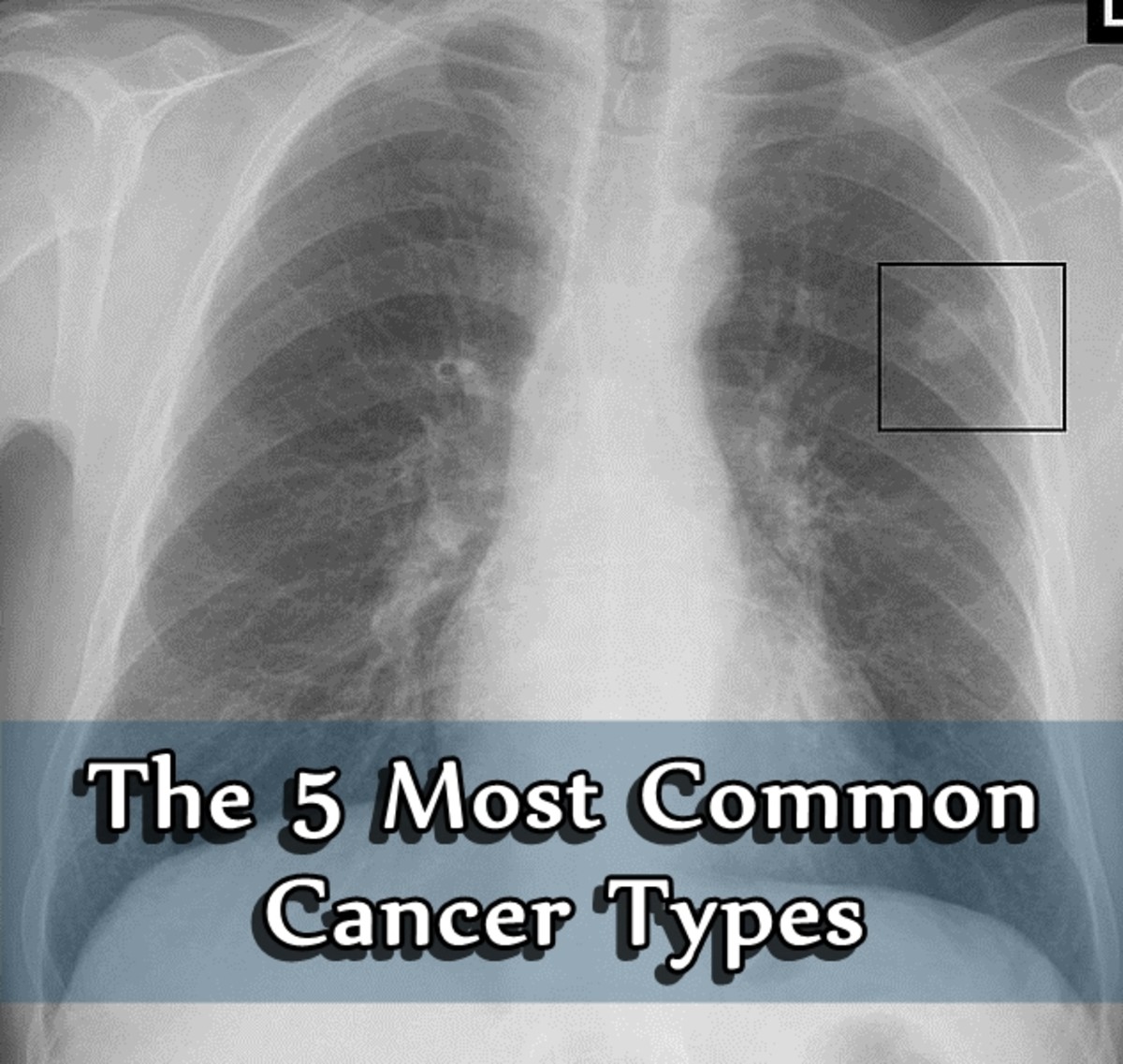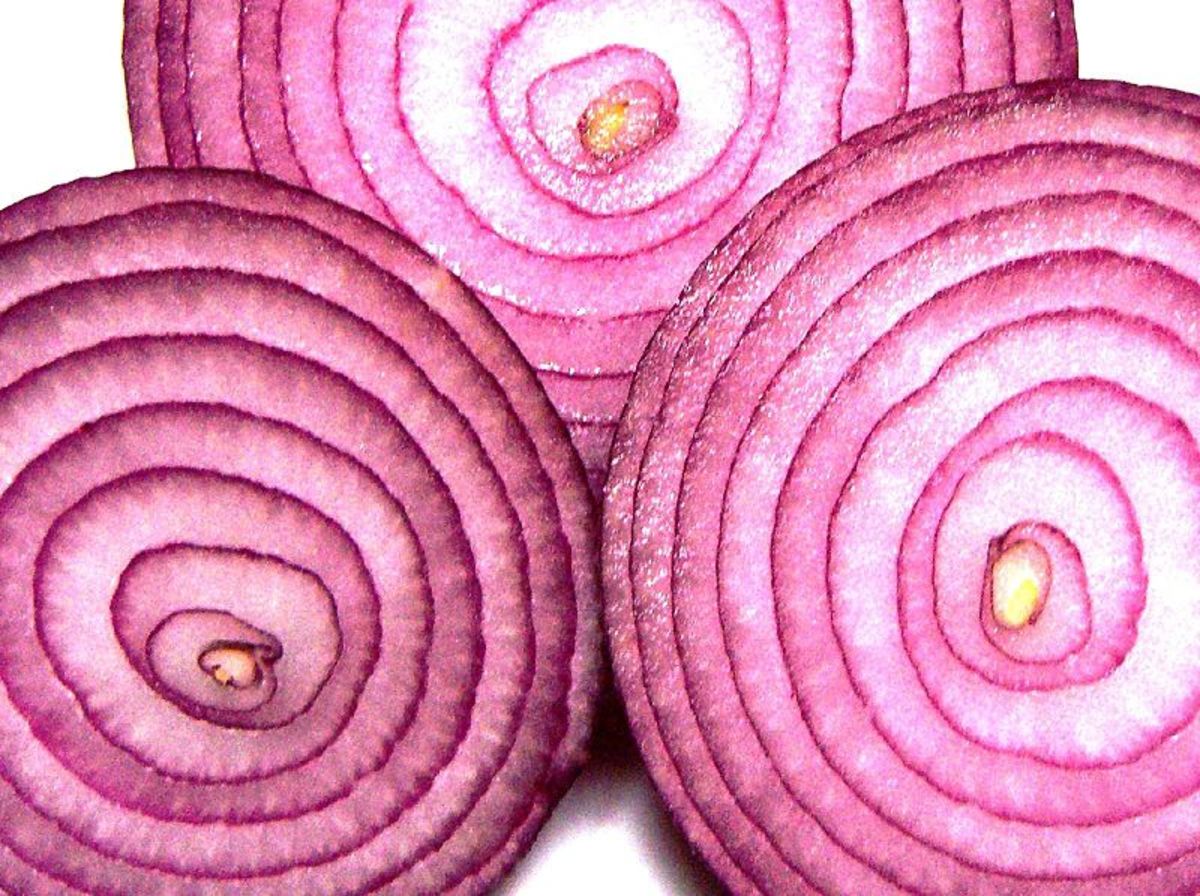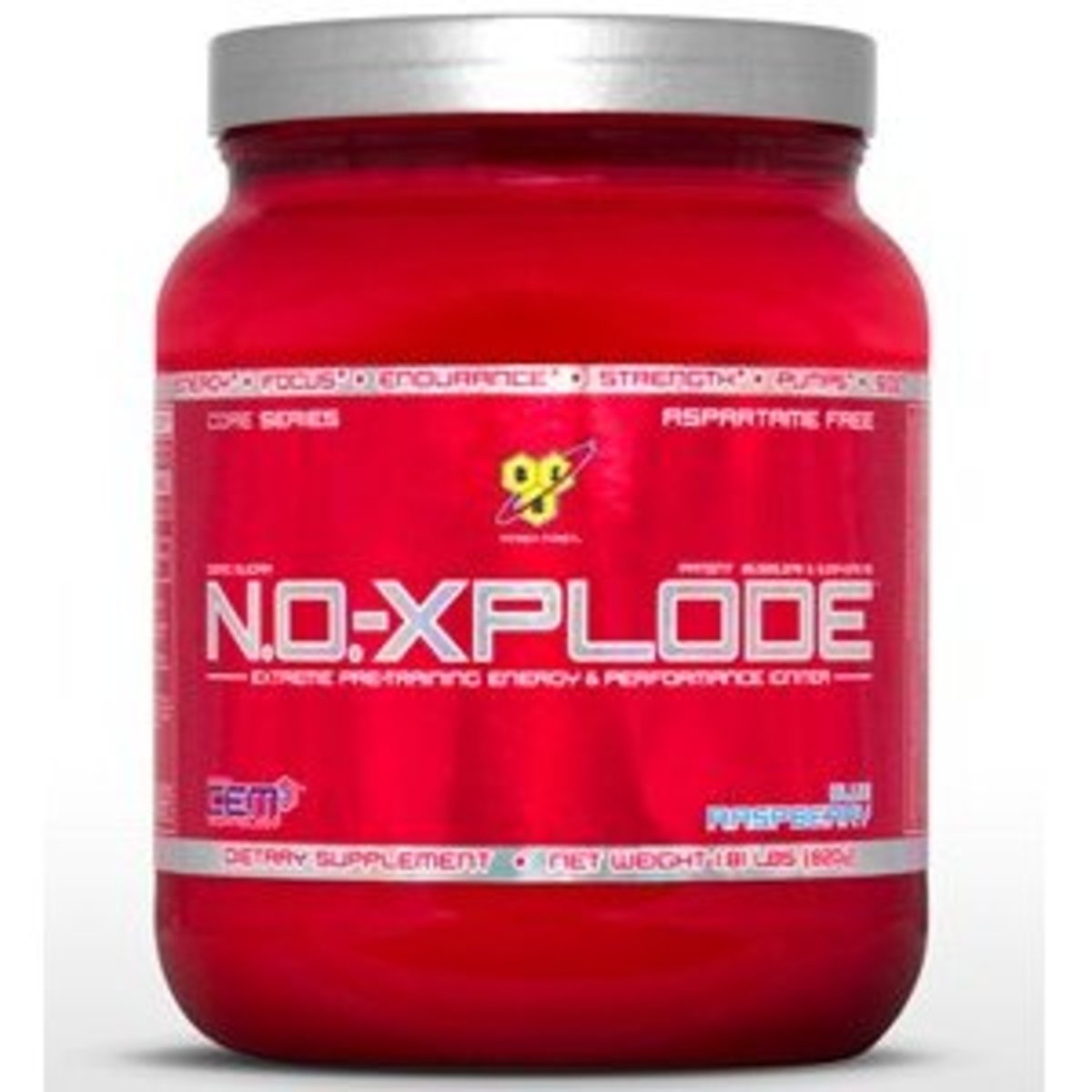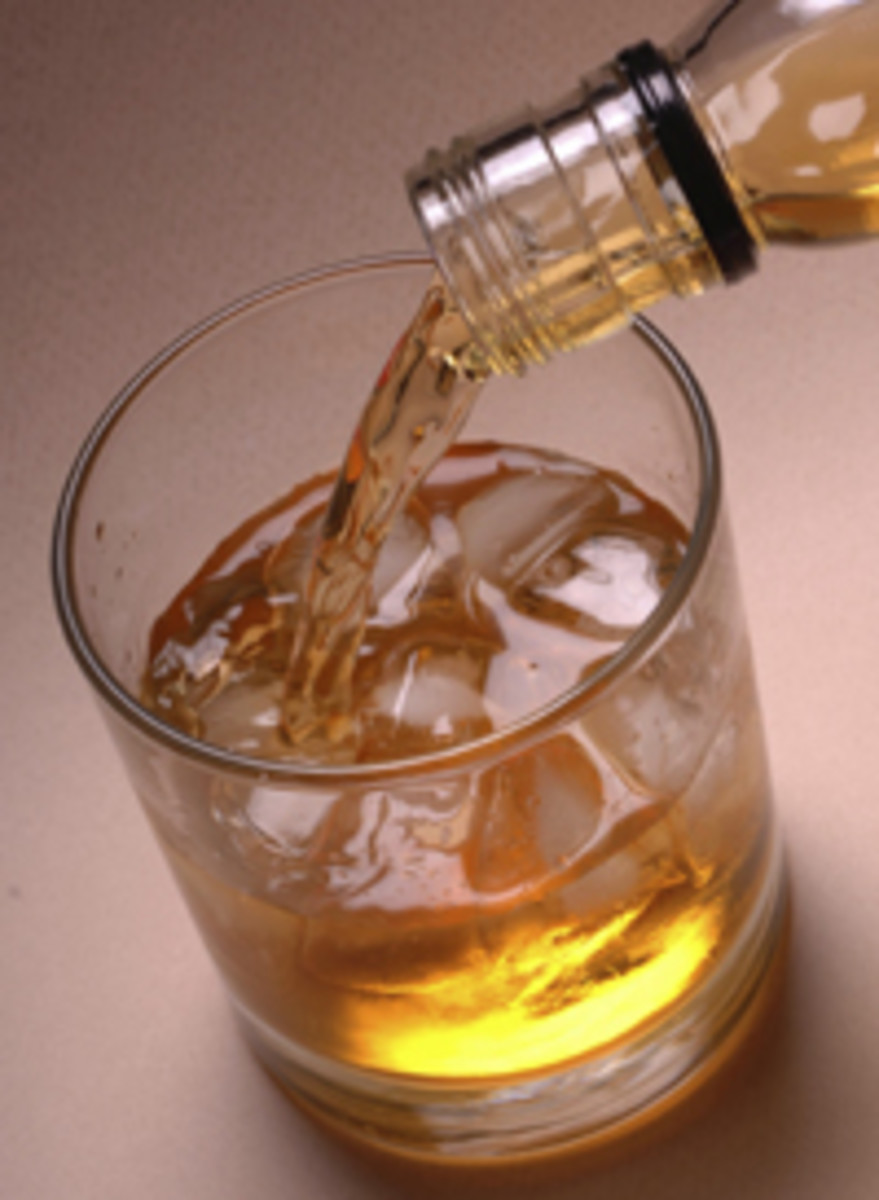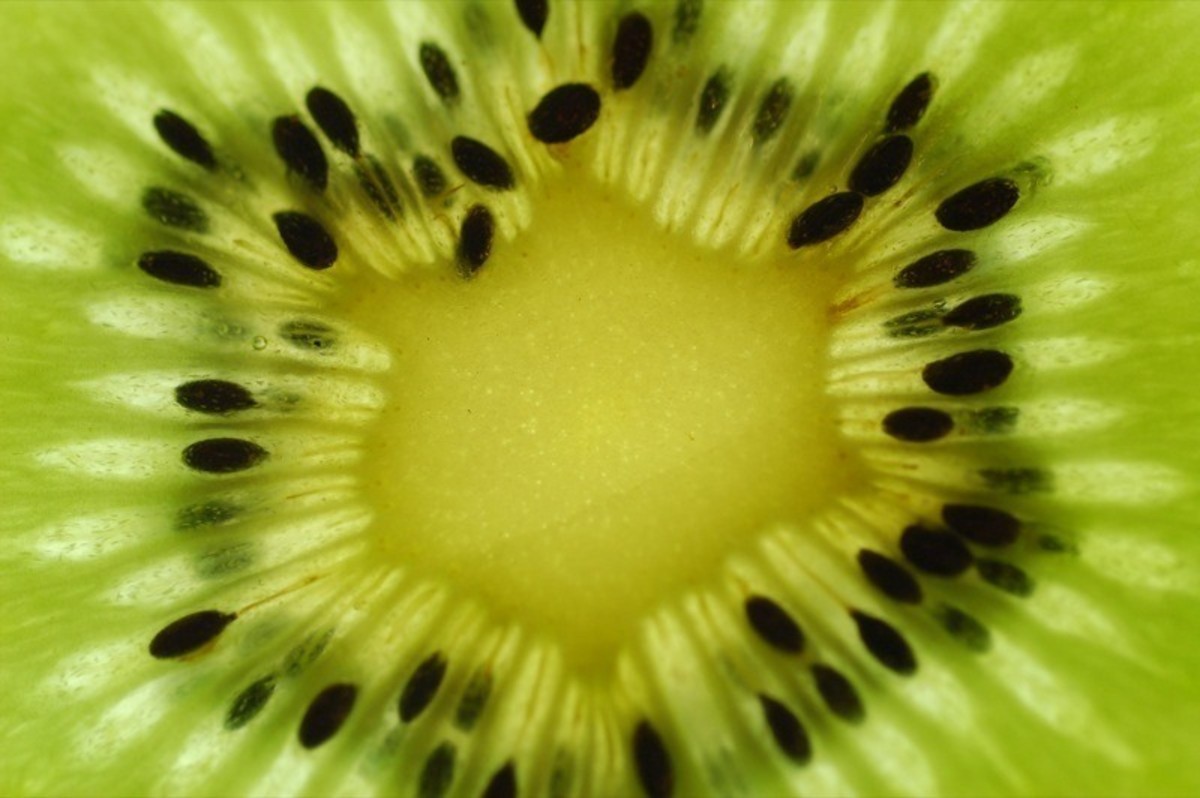Nutrition After Chemotherapy: A Healthy Diet
THE KEY IS TO FEEL BETTER
Cancer treatments usually have very predictable side effects. By looking at the symptom complexes and then coming up with a dietary plan to counteract those symptoms, you can form a nutritional plan to make you feel better and stay stronger.
Good nutrition will go a long way to helping anyone after chemotherapy or radiation therapy. Equally important is maintaining that nutrition before a new round of treatments or during treatments.
Let's examine some of the most prevalent symptoms associated with chemotherapy and then some ways to keep up a healthy diet before and after chemotherapy.
We'll also take a look at just a few great recipes that can help ease the after effects of chemotherapy and radiation therapy.
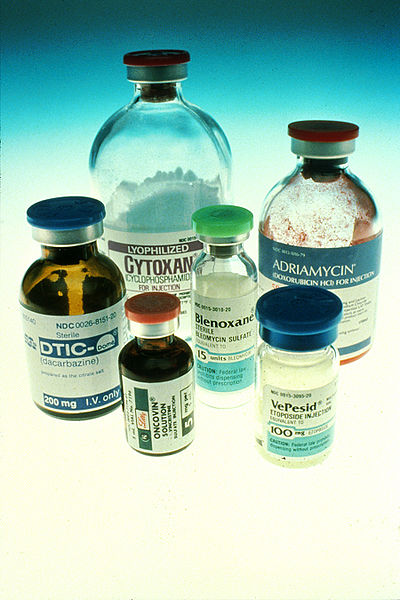
CANCER AND NUTRITION
Being diagnosed with cancer is bad enough. Having to face cancer cachexia is another thing altogether.
Trying to maintain a healthy diet and get adequate nutrition is paramount in fighting cancer. However, some of the side effects of cancer treatments such as chemotherapy and radiation therapy make that seem next to impossible.
Cancer diagnosis and the problems associated with chemo and radiation can also take their toll on anyone's outlook on life, leading to depression and anxiety. This in turn can result in poor nutrition and make eating seem "pointless" at times.
Any form of cancer usually requires treatment of the disease (whether by surgery, chemotherapy or radiation or a combination of all three).
More importantly though, sound treatment of cancer also involves maintaining the good health of the person fighting the disease.
EATING PROBLEMS AND EFFECTS OF CHEMOTHERAPY
Some of the common dietary problems associated with chemotherapy
- Nausea, vomiting, diarrhea
- Change in taste or a metallic taste to everything
- Dry mouth
- Sores or ulcers in the mouth (mucositis)
- Constipation (sometimes due to pain medications)
- Mouth pain
- Loss of appetite (anorexia)
- Feeling full with relatively little intake (early satiety) and bloating
- Difficulty swallowing
There are dietary plans, however, that can minimize these symptoms based on which symptoms you experience. According to chemocare.com, there are several diets that are designed specifically to help individuals by attacking symptom complexes and building nutrition around the symptoms that you experience as a result of chemotherapy.
You can break the recommended foods and solutions down symptom by symptom and then implement some nutritious recipes or ideas to create a pre-chemotherapy, a peri-chemotherapy or a post-chemotherapy diet.
Many of these dietary suggestions also help with the after effects of radiation therapy such as difficulty swallowing, mouth pain, etc.
WHAT TO EAT ON A DIET AFTER CHEMOTHERAPY
For nausea, vomiting and diarrhea
- Avoid anything hot or spicy
- Avoid fatty, greasy or fried foods
- Avoid high fiber foods like raw veggies or coarse whole grains
- Avoid sweet, sugary, or rich desserts or foods
- Avoid foods with strong smells (warm foods smell stronger than cold foods)
- Stick to smaller meals more times per day
- Minimize seeds, nuts or dried fruits
- Eat or drink slowly and in small amounts
- Don't lie down after a meal
- Avoid drinking beverages with a meal
- Eat foods from fridge or at room temperature
- Try a mouth rinse with lemon water after eating
- Ice cubes, mints or hard candies can reduce nausea and vomiting
- Music, TV or reading can be helpful distractions while eating
For change in taste or metallic taste to foods
- Practice good oral hygiene by brushing several times per day and after meals
- Mix 1/2 to 1 teaspoon salt or baking soda with 1 glass of water. Swish and spit 4-5 times per day or more often if needed
- Use mints, lemon or hard candies to suck on as it will keep your mouth moist
- It is recommended to use plastic utensils rather than metal
- Avoid bland flavorings such as vanilla
- Add fresh fruit to foods if tolerated
- Try adding herbs or marinades (not overly spicy) that enhance flavor
For dry mouth or xerostomia:
- Try the above swish and spit solution of salt or baking soda and water 4-5 times daily
- Only use oral hygiene products without alcohol or peroxide
- Use artificial saliva or make your own using 1 teaspoon of baking soda and 1 teaspoon of salt to a quart of water
- Suck on hard candies or lozenges
- Avoid caffeine-containing drinks such as coffee, tea or colas
- Swish and swallow a bit of olive oil or vegetable oil. This will lubricate the esophagus for about 15 minutes. Caution: Some people cannot tolerate this.
For sores or ulcers in the mouth (mucositis)
- Keep to a pureed, liquid or soft diet (to decrease chewing)
- Avoid all tomato and citrus products
- Use protein and calorie rich fortified nutritional milkshakes, either commercial or homemade
- Avoid anything that is too hot or too cold though cool sometimes helps
- Avoid beverages containing caffeine or carbonation
- Avoid alcohol or nicotine
- Drink at least 8 glasses of water per day
- Avoid excessive sugary foods or drinks
- Supplement your diet with electrolyte drinks
- Maintain good oral hygiene every 4 hours - brush and floss gently
- Remove dentures except when eating to avoid further irritation
A HEALTHY DIET TO MAKE YOU FEEL BETTER
For constipation
- Increase fiber such as whole grains, fruits and vegetables
- Increase the amount of fluids and water per day
- Try a low residue or low fiber diet in combination with clear liquids
For mouth pain
- See mucositis suggestions above
For loss of appetite (anorexia)
- Meal plan at least a day in advance so you have many choices
- Concentrate on high calorie, high protein foods
- Incorporate things like peanut butter added to snacks for extra protein
- Make use of casseroles and milkshakes as they are easy to prepare and easy to eat anytime
- Keep snacks on hand at all times
- Try to eat at least 1/3 of your protein and calorie needs at breakfast
- Eat at least 5-6 small meals per day
- Try new things to jump start your appetite but cautiously if experiencing other problems
- Follow good oral hygiene practices every 4 hours
For early satiety and bloating
- Eat small meals frequently throughout the day
- Supplement with high protein, high calorie snacks
- Avoid carbonated beverages
- Sometimes a small amount of alcohol can stimulate appetite and help early satiety and bloating (if it doesn't aggravate other symptoms such as mucositis)
For difficulty swallowing or dysphagia)
- Try to eat many soft foods, pureed foods or liquids to minimize swallowing
- Use a straw to take in smaller amounts at a time
- Supplement your diet with high protein, high calorie homemade milkshakes or other forms of nutritional shakes like smoothies made with tofu
- Usually cooler or room temperature foods are easier to tolerate than warm
- Eat slowly and chew all foods thoroughly
- A change in position can make swallowing easier
- Avoid caffeine and alcohol containing beverages
_________________________________________________________________
RECIPE FOR FRUIT SMOOTHIE
- 1 banana (cut in chunks and freeze)
- 1 cup vanilla yogurt (or use plain or Greek - add vanilla extract if desired)
- 1/3 to 1/2 cup milk (whole, 2% or skim)
Place ingredients in blender or food processor and process until smooth, using as much milk as suits the desired consistency.
Substitute tofu for the milk and tofu if you want a lactose-free shake. Use soy milk or a dash of fruit juice or extracts.
Smoothies can be made up of just about any fruit and using many dairy variations.
For the lactose intolerant, just substitute lactose free products.
_________________________________________________________________
RECIPE FOR MELON POPSICLES
- 4 cups ripened melon peeled, seeded, chopped
- 1/3 cup plain Greek yogurt or silken tofu
- Sweetener to taste (avoid honey)
- Juice of a lemon or lime
Blend all ingredients in food processor or blender.
Pour into popsicle molds and freeze until firm.
GOOD NUTRITION AFTER CHEMOTHERAPY
Good nutrition is important during any phase of cancer treatment. However, never is it more important than when the body is fighting the disease and being bombarded with the chemicals used in the fight against cancer.
Some recipes recommend using honey as a "natural" sweetener, however, some studies do show that honey use in an immune compromised patient such as someone undergoing chemotherapy is contraindicated and can provide a source for infections. I would personally caution against the use of honey unless recommended by a cancer nutritionist or physician.
In short, the best way to stay healthy and to overcome the after effects of chemotherapy is to maintain good nutrition. That is sometimes easier said than done but the key is to try to tackle each symptom or set of symptoms with diet. By minimizing discomforts, hopefully dietary changes can help you feel better and help you avoid cancer cachexia.
At any stage of life, a healthy diet is imperative for good health but never more so than after chemotherapy starts.
The recipes are a conglomeration of several websites on the Internet with my own little tweaks but for more information see Squidoo Cooking For Chemo Patient 2 and Chemotherapy Smoothie recipes at Food.com for more great ideas.
Check out my article on fighting cancer and staying healthy while on cancer therapy on excerptz.com.
_________________________________________________________________
- Staying Healthy While Fighting Cancer And Radiation Effects
SIDE EFFECTS OF RADIATION As cancer treatments go, radiation therapy is one of the most notably effective in fighting the disease. The reason that it works
RECIPE FOR RISOTTO
- 3 cups chicken or vegetable broth
- 1/2 cup dry white wine or Marsala wine
- 1 cup uncooked Arborio rice
- 1 medium onion, peeled and diced (or use shallots for milder flavor)
- 2 tablespoons olive oil
- 2 tablespoons butter or margarine
- 1/4 cup Parmesan cheese, grated
- Pinch salt and pepper
Heat broth on stove until boiling and then reduce to simmer. In saucepan, heat 1 tablespoon butter and olive oil until foamy. Add onions and saute until translucent. Add rice and stir to coat grains with oil. Cook until rice grains are completely translucent.
Reducing heat to low, add wine and cook until wine is absorbed. Add broth 1/2 cup at a time. Cook and allow each 1/2 cup of broth to be absorbed before adding next 1/2 cup (takes about 15-20 minutes). After risotto is creamy (chewy but fully cooked), remove from heat and add rest of butter (1 tablespoon) and cheese, then salt and pepper.
Add other vegetables such as peas during last 5 minutes. Or add mushrooms when adding the onions. You can herb this up or add meat or fish, blanched or fully cooked vegetables, etc.
This is a great bland yet tasty, soothing meal.


![The Cancer-Fighting Kitchen, Second Edition: Nourishing, Big-Flavor Recipes for Cancer Treatment and Recovery [A Cookbook]](https://m.media-amazon.com/images/I/5118wTUfO5L._SL160_.jpg)


![The Cancer-Fighting Kitchen, Second Edition: Nourishing, Big-Flavor Recipes for Cancer Treatment and Recovery [A Cookbook]](https://m.media-amazon.com/images/I/61YWZh9CFiL._SL160_.jpg)


